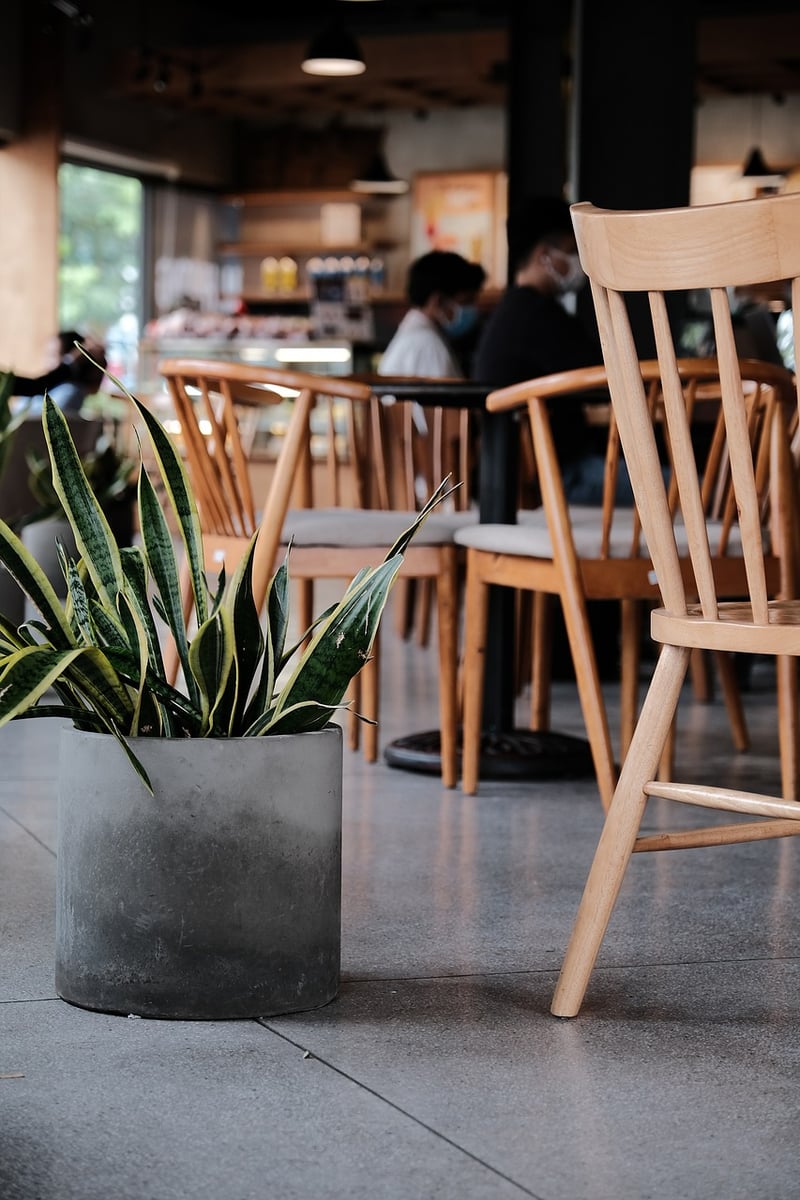Public Green Spaces
Transforming Cityscapes with Public Green Spaces

In the midst of bustling city life, the integration of public green spaces has become a pivotal aspect of urban planning. These areas not only serve as a breath of fresh air amidst concrete jungles but also play a crucial role in transforming cityscapes into vibrant and sustainable environments.
Benefits of Public Green Spaces
- Enhancing the aesthetic appeal of the city
- Providing a refuge for relaxation and recreation
- Promoting environmental sustainability
- Improving air quality and reducing pollution
- Fostering community engagement and social interaction
Types of Public Green Spaces
From expansive parks to pocket gardens, cities incorporate various types of green spaces to cater to the diverse needs of residents and visitors. Some common types include:
- Urban Parks
- Community Gardens
- Rooftop Gardens
- Green Roofs
- Pocket Parks
Designing Sustainable Green Spaces
Creating sustainable green spaces involves thoughtful planning and design to maximize environmental benefits. Key considerations include:
- Utilizing native plants for landscaping
- Implementing efficient irrigation systems
- Incorporating renewable energy sources
- Integrating permeable surfaces for water management
- Promoting biodiversity through plant selection

Conclusion
Public green spaces not only add to the beauty of urban landscapes but also contribute significantly to the well-being of city dwellers. By prioritizing the integration of green spaces in urban planning, cities can create healthier, more livable environments for all.
Experience the transformative power of public green spaces in your city today!
